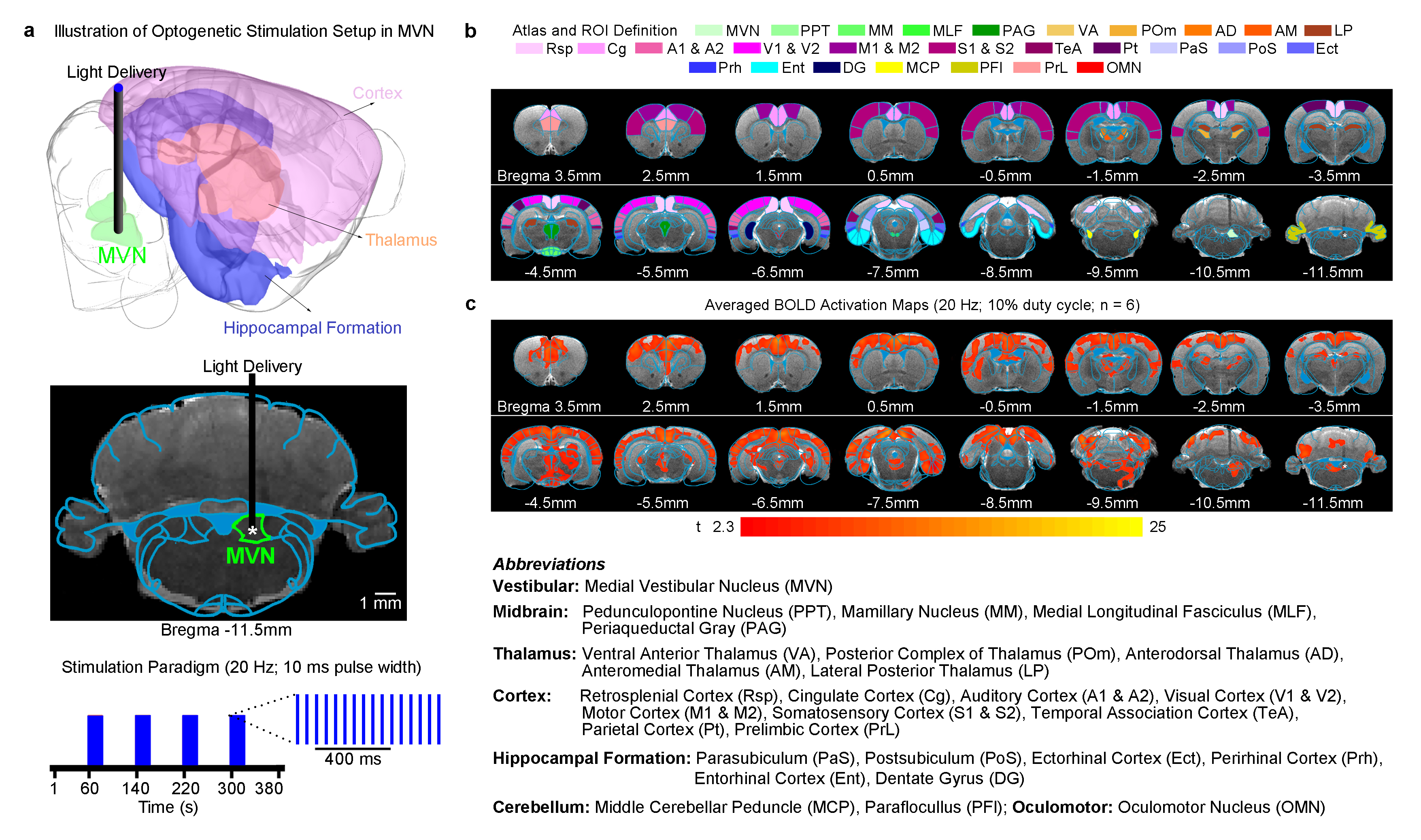研究故事
VP(R)'s Picks: Understanding the Brain's Role in Balance and Beyond
上一頁
Our body coordinates balance and movement through the inner ear, but it has been difficult to study the extent of the brain’s involvement and importance. A new breakthrough by HKU MRI scientists overcomes this challenge, opening new pathways for research into this critical but poorly understood bodily system.
Most of us are aware of the five senses of sight, hearing, touch, taste and smell. But there is another sensory system, the vestibular system in our inner ear, that has been little understood. This system is pivotal in coordinating balance and movement, but when impaired can result in numerous neurological disorders.
Scientists know that the coordination of balance would involve numerous multisensory and cognitive pathways that span the brain. However, they have been unable to pinpoint where and how exactly such information is distributed in the brain to understand their functional roles. A major hindrance has been the physical limitations of neuroimaging technologies, particularly functional magnetic resonance imaging (fMRI) - a technique used extensively to measure whole-brain activity - while subjects are in motion, as well as the lack of more specific stimulation techniques.
But now, ground-breaking work led by Dr Alex TL Leong and Chair of Biomedical Engineering Professor Ed X Wu of the Department of Electrical and Electronic Engineering, has shown how this challenge can be overcome. The team applied blue-light pulses to selectively control brain cells in the vestibular nuclei in rats’ brains to visualise where and how neural activity carrying balance-related information propagates in the brain. Subsequently, the team also examined how our balance system would affect our basic senses such as vision and hearing using fMRI.
This combination of specific brain cell stimulation (i.e., optogenetic) and fMRI was able to reveal extensive pathways spanning multiple brain regions, from the lower-level brainstem and thalamus, to the higher-level hippocampal formation and cortex. It also showed that the balance system has modulatory effects on visual and auditory processing. The large-scale documentation of central vestibular pathways and their functions will be of tremendous value to both neuroscientists and clinicians in future in-depth investigations on key/previously undefined balance-related regions and for designing more effective therapeutic measures for central vestibular disorders.

(Image reproduced/adapted from PNAS under CC BY-NC-ND 4.0: Leong A.T.L., Gu Y., Chan Y., Zheng H., Dong C.M., Chan R.W., Wang X., Liu Y., Tan L.H. and Wu E.X., “Optogenetic fMRI interrogation of brain-wide central vestibular pathways”, Proceedings of the National Academy of Sciences, 2019, 116 (20), 10122-10129.)




